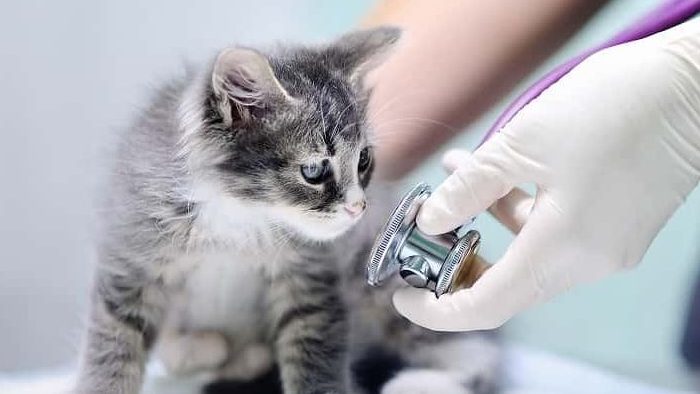Veterinary Equipment List: What You Need When Setting Up a Vet Clinic

Welcoming a furry friend into your life comes with the responsibility of ensuring their well-being, and at the heart of veterinary care lies a set of essential tools that veterinarians rely on.
A well-equipped veterinary clinic is crucial for providing comprehensive care to animals. The specific equipment needed can vary based on the clinic's specialization (e.g., small animal, large animal, exotic), services offered, and the level of veterinary care provided.
In this blog, we journeyed through the essential veterinary equipment that forms the backbone of quality pet healthcare. From diagnosis to treatment, these tools are indispensable in safeguarding the health and happiness of our beloved pets.
Veterinary Equipment List
**1. Diagnostic Equipment:
Digital X-ray Machine: For imaging bones and internal organs.
Ultrasound Machine: For non-invasive imaging of soft tissues and organs.
Blood Pressure Monitor: To assess cardiovascular health.
Diagnostic Laboratory Equipment: Including blood analyzers, urinalysis equipment, and equipment for various diagnostic tests.
**2. Surgical Equipment:
Surgical Instruments: Scalpels, forceps, scissors, etc.
Anesthesia Machine: For administering and monitoring anesthesia during surgeries.
Surgical Lights and Tables: Ensuring a well-lit and stable environment for procedures.
**3. Dental Equipment:
Dental X-ray Machine: For detailed imaging of dental structures.
Dental Instruments: Probes, scalers, and polishers for dental examinations and procedures.
**4. Patient Monitoring Devices:
Pulse Oximeter: Measures oxygen saturation of the blood.
ECG Machine: Monitors the heart's electrical activity.
Temperature Monitoring Devices: To track body temperature during procedures and recovery.
**5. Treatment and Examination Tools:
A veterinary exam and procedure table is designed for conducting examinations and minor procedures on animals in a veterinary clinic or hospital.
Stethoscope and Otoscope: To listen to heart and lung sounds and examine ears.
Ophthalmoscope: For eye examinations.
Fluid Infusion Pump: Administers fluids intravenously.
Endoscope: For internal examinations and minimally invasive procedures.
**6. Grooming and Handling Equipment:
Grooming Tools: Brushes, combs, nail clippers, etc.
Pet Carriers and Restraint Equipment: Ensures safe transportation and restraint of animals during examinations.
**7. Microscope:
Laboratory Microscope: Used for examining blood, urine, and tissue samples.
**8. Orthopedic Tools:
Orthopedic Instruments: For surgeries and treatments related to bones and joints.
**9. Emergency and First Aid Equipment:
Emergency Drugs and Equipment: Including items for cardiopulmonary resuscitation (CPR), IV fluids, etc.
First Aid Supplies: Bandages, antiseptics, wound care materials.
**10. Client Education Tools:
- Display Screens or Models: For explaining medical conditions and procedures to pet owners.
- Brochures and Educational Materials: Informative materials for clients to take home.
**11. Computer and Software Systems:
- Electronic Health Record (EHR) System: Managing patient records and appointments.
- Diagnostic Imaging Software: For storing and analyzing digital images.
**12. Waste Management Equipment:
- Biohazard Containers: For proper disposal of medical waste.
- Sharps Containers: For safe disposal of needles and sharp objects.
This is a general overview, and the specific needs of a veterinary clinic will depend on its focus and the types of services it provides. Regular maintenance and updating of equipment are also important to ensure higher-standard care. Additionally, clinic staff should be adequately trained in properly using all equipment.
Conclusion:
As we conclude our exploration of basic veterinary equipment, it becomes evident that these tools are not just instruments; they are the hands that extend care, the eyes that observe health, and the ears that listen to the needs of our cherished pets. The journey through a veterinarian's toolkit is a testament to the dedication and expertise that goes into ensuring the well-being of our animal companions. In our next chapters, we'll delve deeper into the advanced technologies shaping modern veterinary practices, but for now, let's appreciate the simplicity and efficacy of these basic instruments that play a foundational role in pet healthcare.
